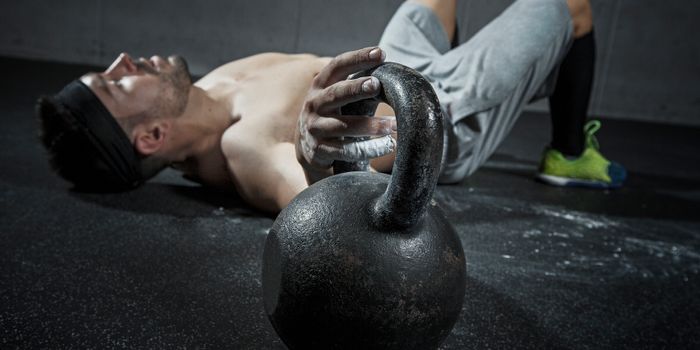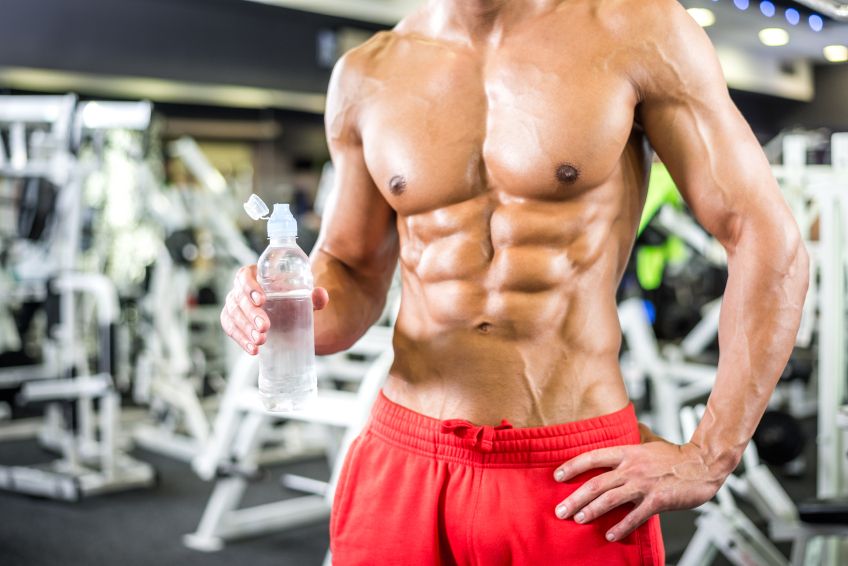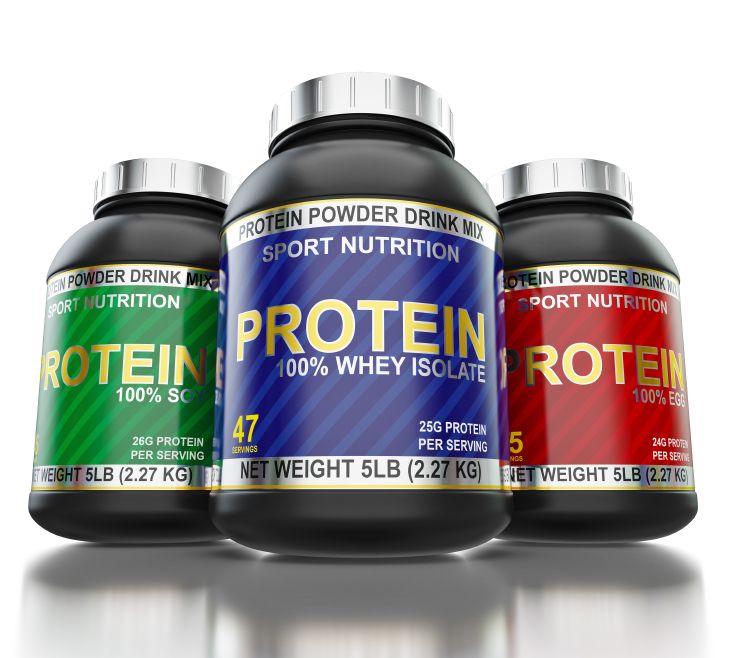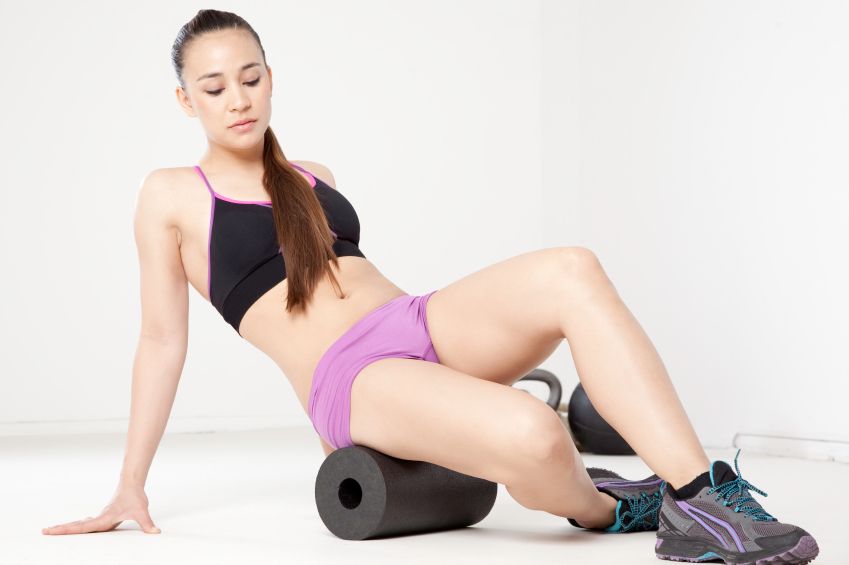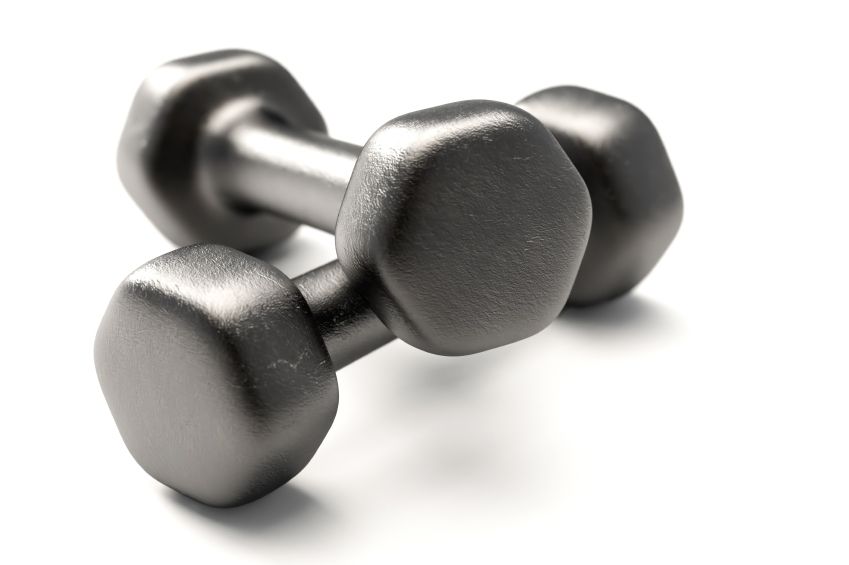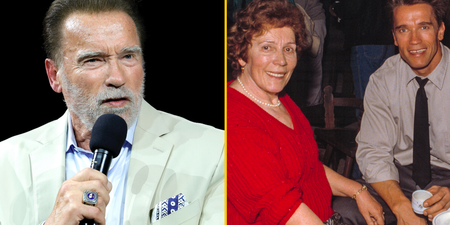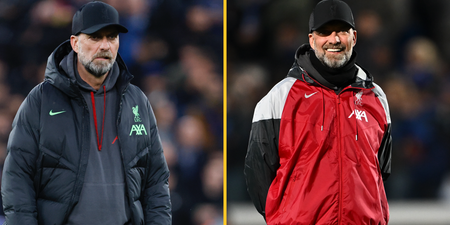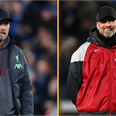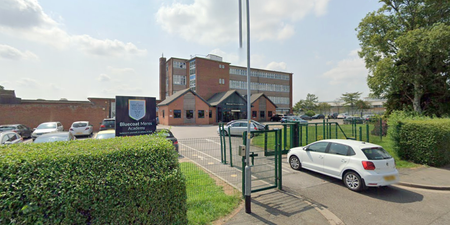Whether you compete in sport or you’re just an average JOE looking to build a better body, nailing your recovery is essential.
For anyone who’s ever hit the gym hard then ended up paying for it for three days after, we feel your pain.
We’ve all been there – aches in muscles you never knew you had, falling asleep at your desk or struggling to even bend down to tie your shoelaces.
But what if we told you there was a way you could stop all this? Well, there’s not just one way, there’s six.
Here are JOE’s 6 methods for creating the perfect gym recovery strategy….
1. Hydration
Before you reach for the protein powder, focus on rehydrating. If you’re training or performing intensely then your body will lose water through sweat and also be depleted of electrolytes and minerals.
Get between 500ml and 1 litre of water in your system to avoid the cramps and fatigue that dehydration can cause. Isotonic sports drinks can be a useful option, but you can achieve the same results from a large glass of water coupled with some tart cherry juice.
Stay hydrated throughout the day, too. Dehydration can drain your focus and leave you sluggish – not great whether you’re in the gym or the office.
Factors such as age, activity level and general health can impact on how much water we need to function, but the NHS recommends that clear urine is an accurate marker of being well-hydrated.
2. Recover to grow
This may come as a surprise to some, but you don’t actually build muscle in the gym. Quite the opposite, in fact. That ‘burn’ or ‘pump’ you experience when training is the effect of muscle fibre trauma – in order to build muscle you first need to break fibres down.
Providing your diet is consistently high in protein, the amino acids present will aid muscle tissue repair and growth. So long as you’re getting adequate rest in between sessions, your body will adapt to the new stresses of progressive lifting by gaining muscle mass.
Try and aim for a minimum of 30g of protein post-workout and with each meal.
3. Post workout carbs
Nutritional fads come and go. In years gone by, the buzz was around low fat foods, now it seems to be concerned with the other end of the scale: low carb. Carbohydrates and fats are not the devil, you just need to be sensible about their consumption.
Post-workout, your body will be depleted of its glycogen stores – an ideal time to consume those simple sugars that you have had to work hard removing from your diet.
Yale University professor and author Jim Stoppani loves his gummy bears, while Welsh rugby player George North opts for Moams. What would you choose?
The vast majority of sports nutrition brands actually offer specific post-workout drinks that mix protein and carbs, but these can prove pricey. Two bananas alongside your shake can do the same job as can a chocolate milkshake, if that’s your go-to cheat.
4. Sleep
Never underestimate the importance of sleep to recovery and an all-round better physique. This may be difficult to attain if you’re training hard alongside a hectic work schedule, but a solid eight hours of kip is crucial.
Researchers from the Centre for the Study of Psychobiology and Exercise, in Sao Paulo, Brazil, found that impaired sleep can hinder recovery by nulling the effects of protein synthesis.
Insufficient sleep can also negatively impact hormone levels, cognitive function and glucose metabolism. Such is the need for sleep that it’s worth prioritising in the same bracket as training and diet. Yup. So get some shut-eye.
5. Massage Therapy
Resistance training is a major cause of the dreaded DOMS (delayed onset muscle soreness – typically 24-72 hours after training).
If you’ve got it you will know about it – stiffness, soreness and the inability to navigate stairs or dress yourself sound familiar?
Many people see DOMS as a sign of a good gym session, but if the pain is lasting for days on end then your workouts will soon start to suffer.
Massage can be a useful addition to your recovery strategy which has been shown to alleviate stiffness and promote circulation. Your mobility, strength and general well-being will improve – no one likes feeling tight and sore, do they?
Sports massage therapists are well worth a visit, but you can do your own DIY therapy with cheap and effective foam rollers or a hockey ball (look it up).
Yes it hurts when you go to work with them on your sore muscles, but the initial pain is well worth while.
You may want to start by using a foam roller on the larger surface areas such as the upper back or iliotibial (IT) band – with the smaller knots in the rotator cuff and sole of the foot being treated with the hockey ball.
6. Whole Recovery Weeks
Yes you read that right – whole recovery weeks. It won’t kill you staying out the gym for a few days – in fact quite the opposite.
Going all-out in the gym four or five times a week [every week] may seem an attractive proposition for those of us who enjoy training, but you have to be careful not to run yourself into the ground.
You have probably considered the benefits of performing a cool-down circuit post-workout, but perhaps you should include one of these on a larger scale if weeks of exertion are taking their toll on you.
Running a training cycle of four weeks maximum intensity and one week low intensity can work wonders, not only for recovery but with further progression on the agenda.
Tweaking a recovery week to mirror your training is worthwhile. If your training is all about strength, and you lift progressively heavy, you might want use the fifth week for a ‘deload’ – perform the same exercises with the same rep range, but drop the weight to around 40% of what you can lift for one repetition.
If your training is more of a bodybuilding split that includes lots of reps and sets, you can keep the weight lifted at the same level – just drop the number of sets performed to 1-2, and maybe reduce the total reps.
